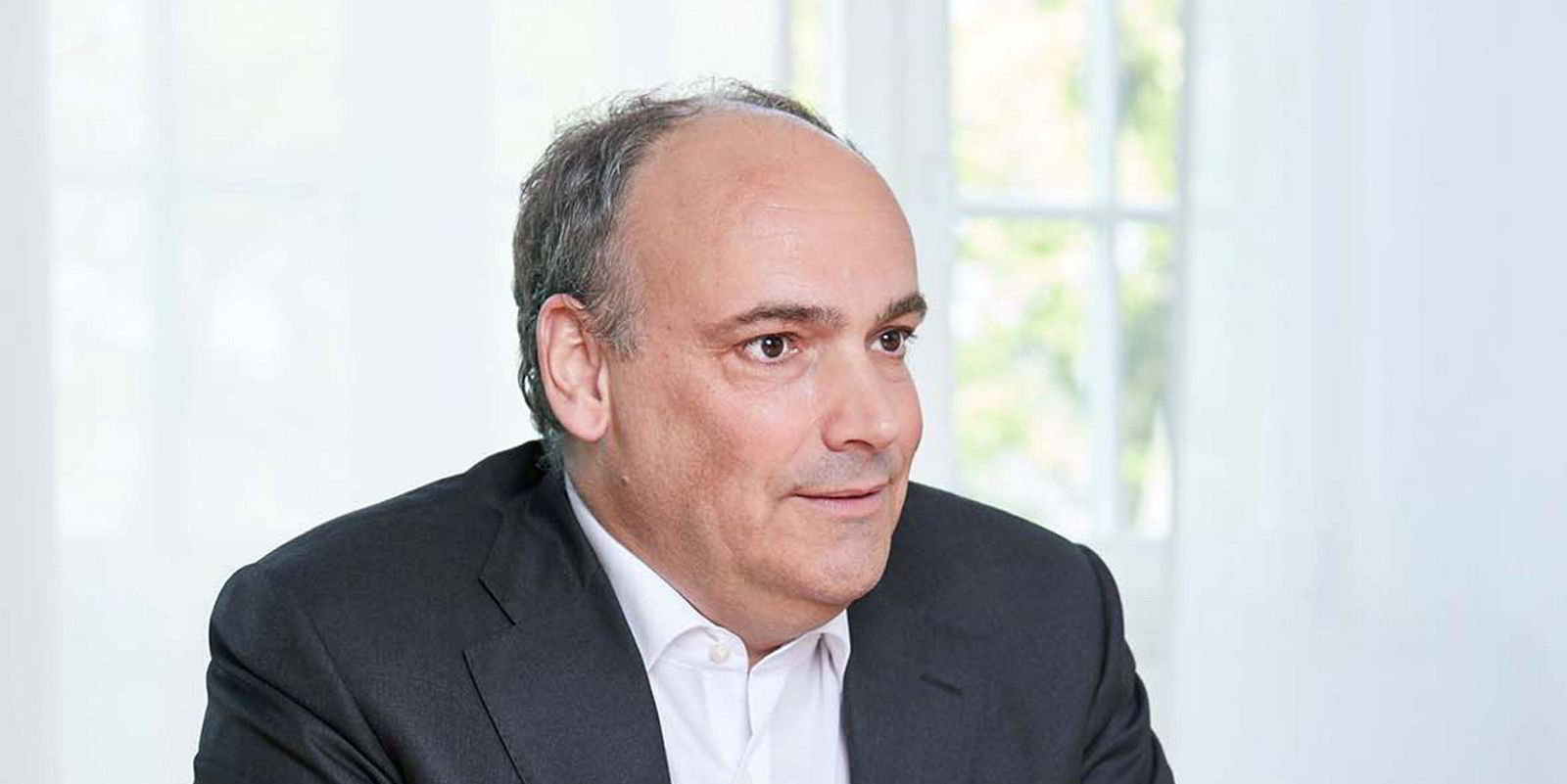Top industry names are to conduct a feasibility study into the potential for ship-to-ship green ammonia bunkering on the US east coast.
Companies participating include AP Moller–Maersk, Fleet Management, American Bureau of Shipping, Georgia Ports Authority, Maersk Mc-Kinney Moller Center for Zero Carbon Shipping, Savage Services, Sumitomo Corp and TOTE Services.
The study will be conducted at the Port of Savannah, which is said to be the third busiest gateway for containerised trade in America.
It aims to cover the entire end-to-end supply chain of ammonia bunkering, which includes the development of a cost-effective green ammonia supply chain, the design of an ammonia bunkering articulated tug-barge (AB-ATB), as well as related supply chain infrastructure.
The Port of Savannah, home to Garden City Terminal, the largest single container terminal in the US, has the ability to serve numerous ammonia-fuelled ultra-large container ships, which could lead to fast and high-efficient decarbonisation in the container shipping industry.
The rapid-growing port is aiming to eventually be able to accommodate six 14,000-teu vessels simultaneously by 2024, and is planning to add 60% more capacity by 2025.
Savannah’s proximity to the Ports of Brunswick and Jacksonville — among the busiest vehicle handling ports in the US — may help facilitate decarbonisation efforts in the automotive shipping industry as well.
Ammonia, which does not emit any CO2 when combusted, has long been considered one of the most promising alternative marine fuels to reduce greenhouse gas direct emissions within the shipping industry.
This aligns with the current International Maritime Organization strategy to halve emissions by 2050, which is currently under revision and will hopefully become a strategy for achieving net zero emissions by 2050.
Ammonia produced solely from renewable sources, also known as “green ammonia,” is carbon-free and can deliver great environmental benefits.
“Ammonia offers shipowners and operators a zero-carbon, tank-to-wake emissions profile,” said Panos Koutsourakis, vice president, global sustainability at ABS.
“Yet, we also recognise that ammonia presents a specific set of safety and technology challenges.”
Morten Bo Christiansen, head of energy transition at AP Moller-Maersk, said: “For now, green methanol is the only pathway that is certain to have a material impact in this decade.
“However, given the enormity of the challenge ahead of us, we must keep exploring additional new fuel pathways.
“We see green ammonia as a fuel with potential in the long term for commercial shipping. However, safety and environmental challenges related to ammonia’s toxicity must be addressed in the short term, and we must get a solid understanding of the cost of bunkering ammonia,” he added.
Claus Winter Graugaard, chief technology officer at Maersk Mc-Kinney Moller Center for Zero Carbon Shipping, said: “The Port of Savannah project is a great logistical entry point for qualifying how ammonia could be made available.
“Furthermore, it provides a local and regional use case for commercial activation in the US east coast.”





